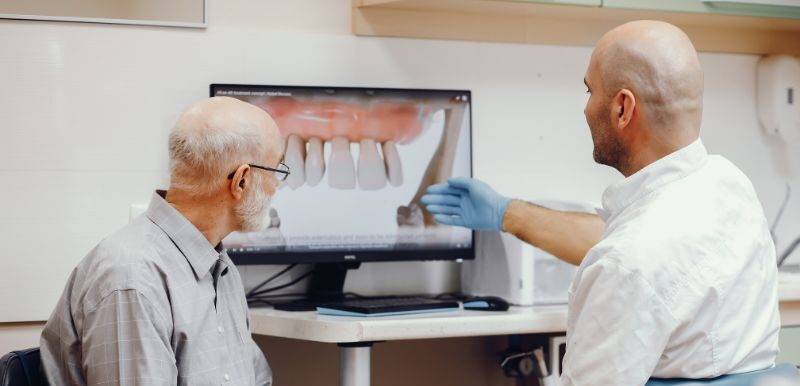
When it comes to restorative and cosmetic dentistry, dental restorations are an essential part of improving the look and function of your smile. Out of all the various dental restorations, some of the most popular restorations are crowns and bridges. Crowns are tooth-shaped caps that can fit over the top of the tooth and restore decay and damage, while bridges are made up of multiple crowns cemented together in order to span across a gap left by one or more missing teeth.
To prepare your teeth for the placement of a dental crown or bridge, your dentist will first anesthetize the area. If you are having a dental crown placed, any decayed tissue must be removed. Then, the tooth will be reduced in size so that it can accommodate a dental crown. If you are having a dental bridge placed, each tooth on either side of the gap will need to be prepared for dental crowns.
Once the tooth or teeth have been prepared, your dentist will take a dental impression or oral scan of your mouth and send it to a dental lab so the permanent restoration can be fabricated. In the meantime, you will have a temporary crown or bridge placed to protect your teeth and preserve a space for the restoration. Between the first and second appointments, you may experience minor tooth sensitivity while your mouth adjusts. In about 1-2 weeks, you will return to the office to have the permanent crown or bridge checked for fit and then permanently cemented in place.
You may need a dental crown if you have a tooth whose natural structure has been mostly compromised by damage or decay. Dental crowns are also placed over teeth that have undergone root canal treatment.
You may need a dental bridge if you have one or more missing teeth. However in order for a dental bridge to be placed, the teeth on either side of the gap must be stable enough for the placement of a dental crown to support the bridge.
To determine whether you need a dental crown or bridge, schedule a consultation with us today.
If you are having a dental crown placed, you have the following options:
Ultimately, you will need to discuss these options with your dentist to determine what type of dental crown is best for your dental needs.
If you are having a dental bridge placed, you have the following options: